Proliferation of hybrid computing models among 2020 data center trends identified by Vertiv
By MYBRANDBOOK
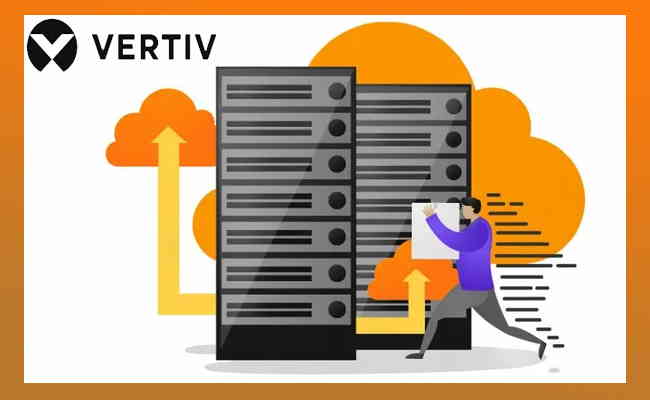
As the world charges into 2020, organizations increasingly will forego the enterprise-or-cloud debate that dominated C-level conversations in recent years in favour of hybrid architectures that incorporate public and private cloud models and edge assets around a reconfigured core. This evolving approach to managing data and computing resources is one of five emerging 2020 data center trends identified by experts from Vertiv, a global provider of IT infrastructure and continuity solutions.
The trending hybrid architectures will allow organizations to maintain control of sensitive data while still meeting soaring demands for more capacity and increased computing capabilities closer to the consumer. As connectivity and availability become conjoined concepts in this new data ecosystem, an increasing premium will be placed on seamless communication from core to cloud to edge.
“A new equilibrium is emerging in the data center space as the industry wrestles with capacity challenges and advanced applications that are forcing significant changes to data centers of all shapes and sizes,” said Vertiv CEO Rob Johnson. “At the same time, speed of deployment is increasingly becoming a tipping point in technology decisions and will likely shape investment and innovation in the space as we head into 2020. This will manifest itself in many ways, but the message to data center equipment providers is clear: The status quo is not acceptable.”
The hybrid computing and other trends identified by Vertiv experts are -
Hybrid architectures go mainstream: While cloud computing will continue to be an important part of most organizations’ IT strategy, we are seeing a subtle change in strategy as organizations seek to tailor their IT mix and spending to the needs of their applications. As we see more of these hybrid architectures, it becomes increasingly clear that the enterprise data center is alive and well, even if its role is changing to reflect a mix that best serves modern organizations.
Speed of deployment as the new arms race: As capabilities across technologies and systems flatten out, data center and IT managers will increasingly turn to other criteria for selecting equipment. Cost is always a separator, but more and more the decision will depend on how quickly assets can be deployed. When all other factors are close, any advantage in speed of deployment and activation can be the determining factor. This is especially true as computing continues to migrate to the edge in today’s distributed networks, where delivery delays mean lack of service – and revenue.
Average rack density remains static … but: Although average rack density is likely to reflect marginal increases at best, the surge in advanced applications and workloads related to artificial intelligence (AI), such as machine learning and deep learning, will make pockets of high-performance computing necessary and more common. Vertiv experts anticipate early activity in this space in the areas of defense, advanced analytics and manufacturing in 2020, laying the foundation for more widespread adoption in 2021 and beyond. These racks so far represent a miniscule percentage of total racks, but they nevertheless can present unfamiliar power and cooling challenges that must be addressed. The increasing interest in direct liquid cooling is a response to high-performance computing demands.
Batteries pay it forward: In 2016, Vertiv experts predicted lithium-ion batteries would begin to find a home in the data center, and that has proven to be true as lithium-ion today holds a significant share of the UPS battery market. That share is growing and starting to extend to edge sites, where the smaller footprint and reduced maintenance requirements are a natural fit. The next step is leveraging the flexibility of lithium-ion and other emerging battery alternatives, such as thin plate pure lead (TPPL), to offset their costs. As we move into 2020, more organizations will start to sell the stored energy in these batteries back to the utility to help with grid stabilization and peak shaving. Expect this to be an important part of larger conversations around sustainability in the data center industry.
Global cross-pollination: The U.S., particularly Silicon Valley, has been the epicenter of the digital universe and this generation of data center development, but innovation happens everywhere. A parallel digital ecosystem with notable differences is emerging in China. Data centers across Europe and in other Asian and South Pacific markets, such as Australia, New Zealand and Singapore, are evolving and diverging from traditional practices based on specific regional issues related to data privacy and controls and sustainability. For example, General Data Protection Regulation (GDPR) compliance is driving hard decisions around data management around the world. Those issues, and more vigorous attention to environmental impacts, are leading to new thinking about hybrid architectures and the value of on-premise computing and data storage. In China, some data centers have been running 240V DC power into manufacturer-modified servers to improve efficiency and reduce costs. DC power has long been a theoretical goal for U.S. data centers, and it’s not hard to envision other parts of the world adopting the model being embraced today in China.
“As India rapidly embraces digitization, new technologies will transform business processes. They will generate enormous value and overwhelming amounts of data, all of which must be stored, transferred and analysed, demanding more data centers in more locations,” said Sunil Khanna, president and MD, Vertiv. “As technology evolves, so does the data center - both in application and in operation. Going into 2020, we will witness data centers of today transition towards the data centers of the future – growing in scale and sophistication.”


Legal Battle Over IT Act Intensifies Amid Musk’s India Plans
The outcome of the legal dispute between X Corp and the Indian government c...

Wipro inks 10-year deal with Phoenix Group's ReAssure UK worth
The agreement, executed through Wipro and its 100% subsidiary,...

Centre announces that DPDP Rules nearing Finalisation by April
The government seeks to refine the rules for robust data protection, ensuri...

Home Ministry cracks down on PoS agents in digital arrest scam
Digital arrest scams are a growing cybercrime where victims are coerced or ...

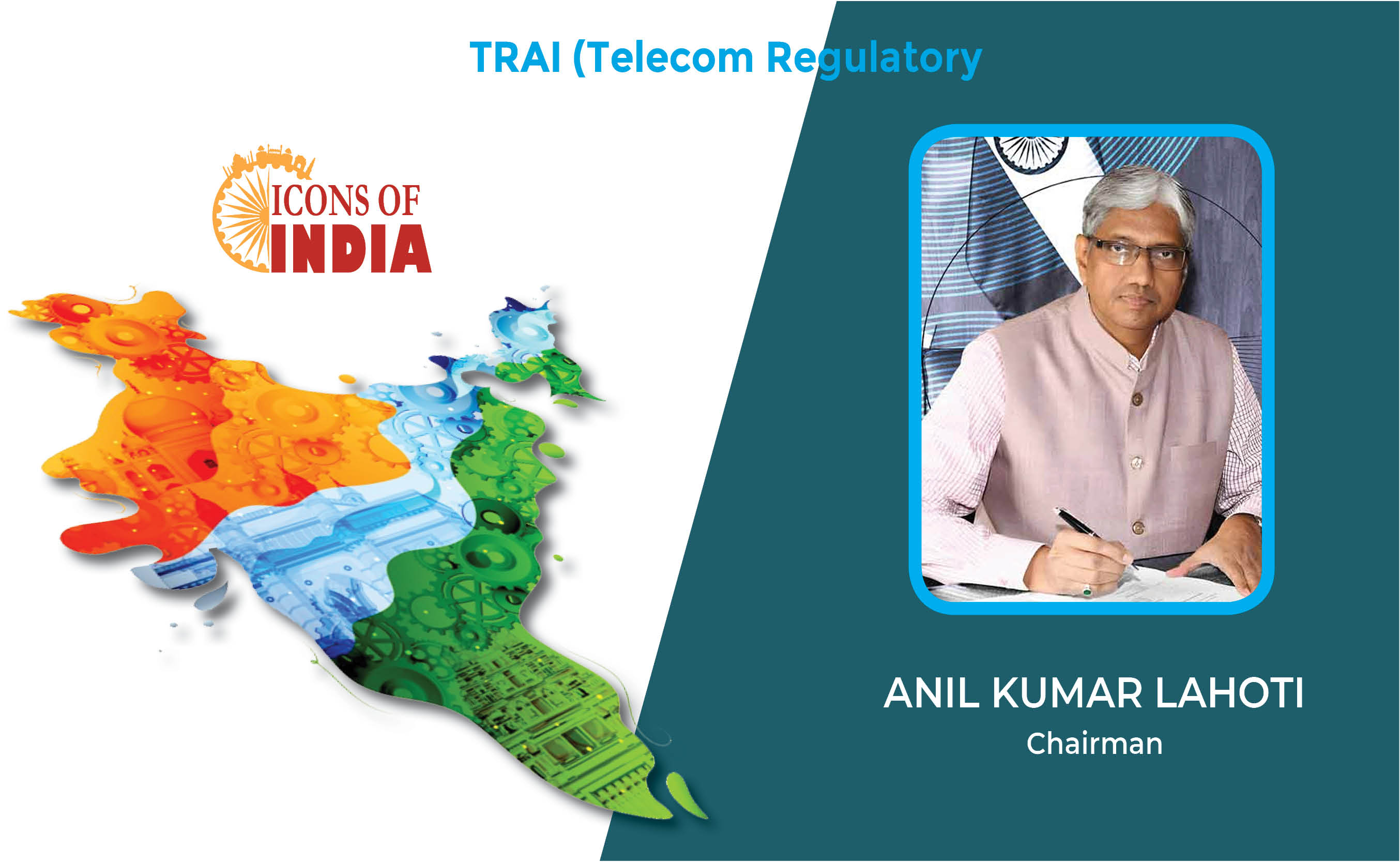
Icons Of India : Anil Kumar Lahoti
Anil Kumar Lahoti, Chairman, Telecom Regulatory Authority of India (TR...
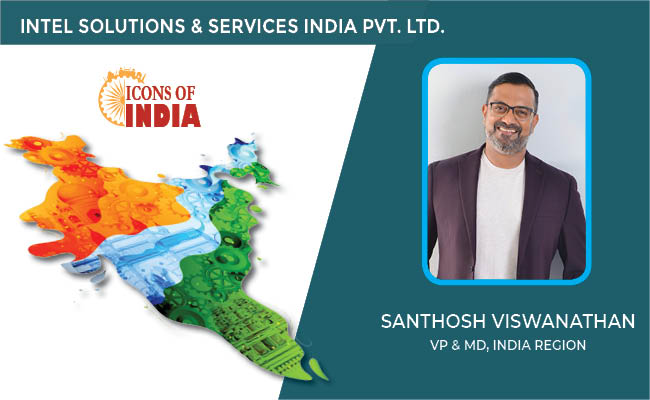
ICONS OF INDIA : SANTHOSH VISWANATHAN
Santhosh Viswanathan is the the Vice President and Managing Director f...
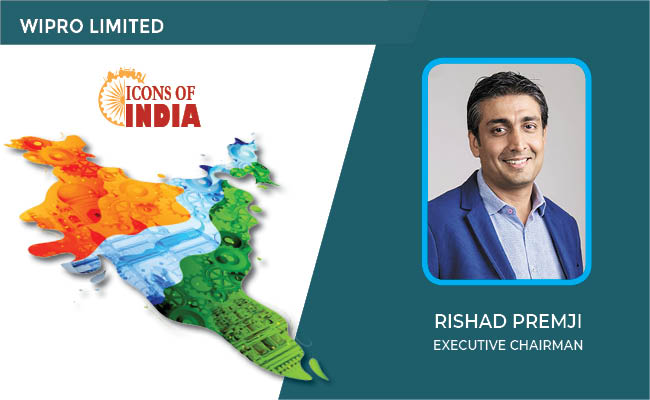
ICONS OF INDIA : RISHAD PREMJI
Rishad Premji is Executive Chairman of Wipro Limited, a $11.3 billion ...

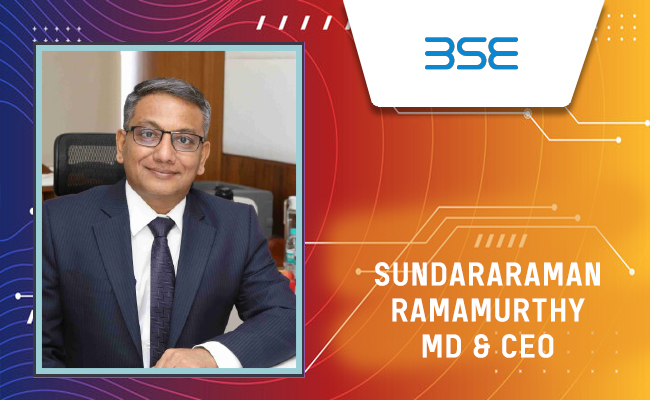
BSE - Bombay Stock Exchange
The Bombay Stock Exchange (BSE) is one of India’s largest and oldest...
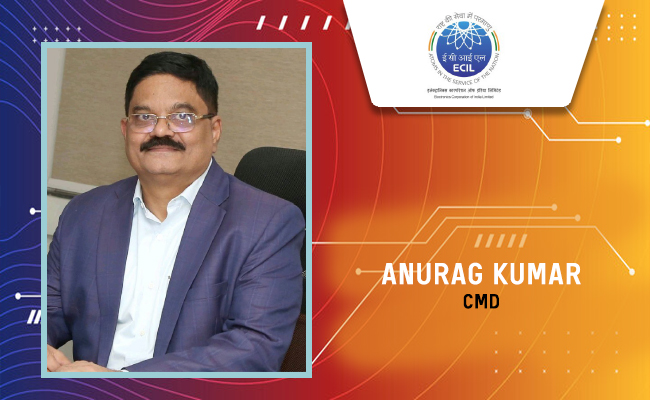
ECIL - Electronics Corporation of India Limited
ECIL is distinguished by its diverse technological capabilities and it...
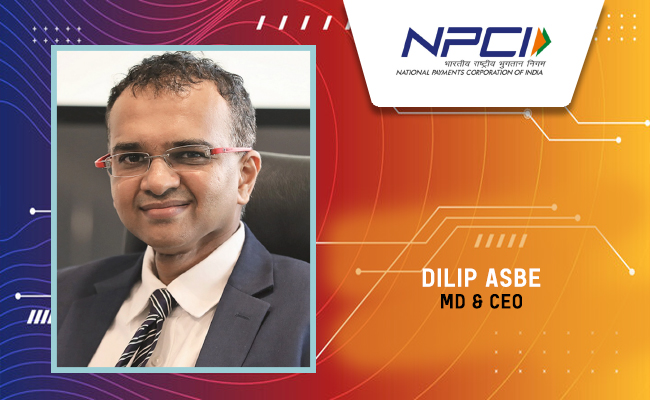
NPCI - National Payments Corporation of India
NPCI is an umbrella organization for operating retail payments and set...

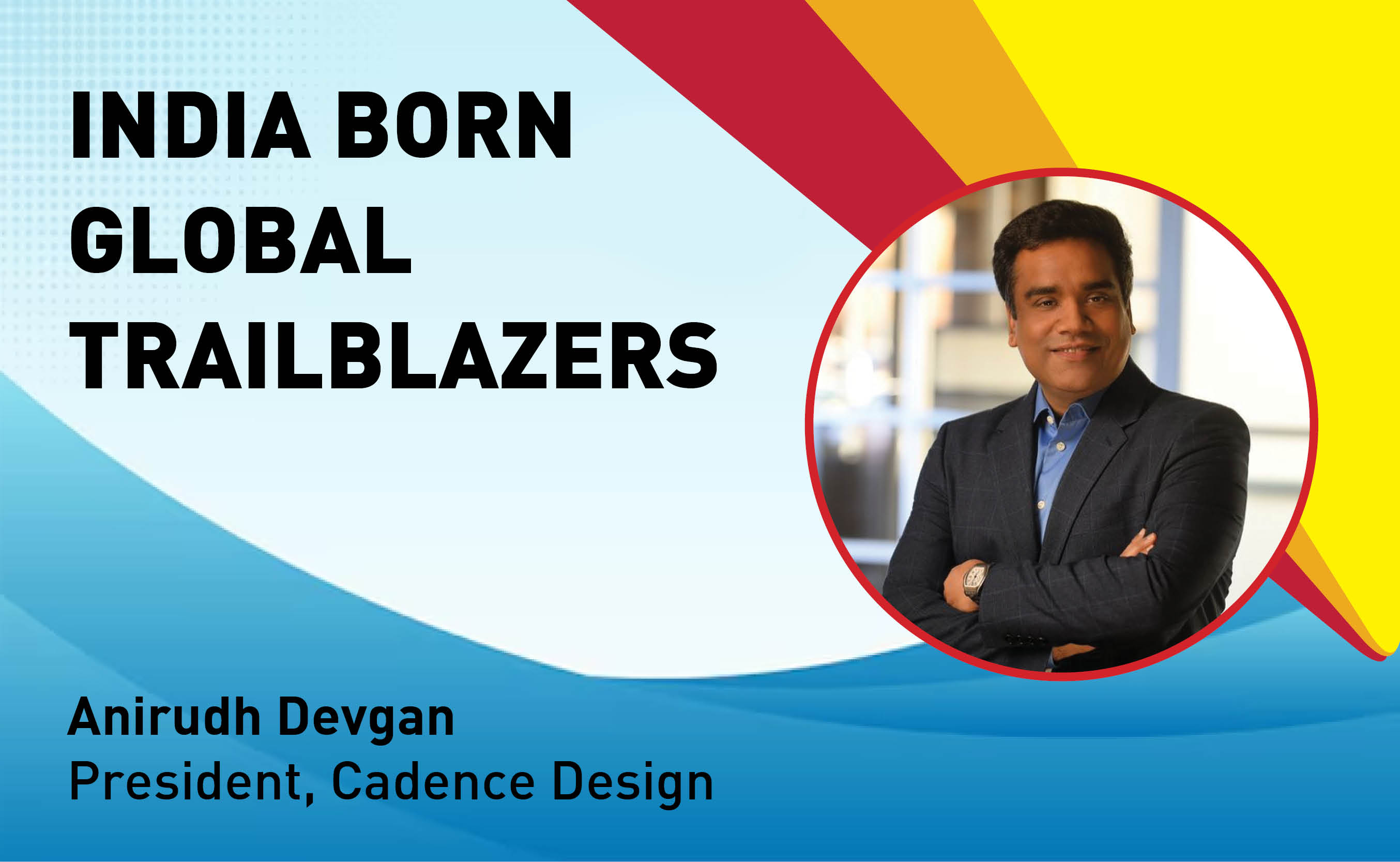
Indian Tech Talent Excelling The Tech World - Anirudh Devgan , President, Cadence Design
Anirudh Devgan, the Global President and CEO of Cadence Design Systems...
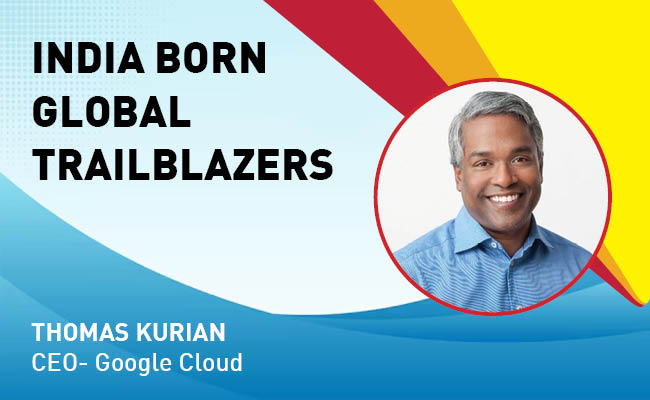
Indian Tech Talent Excelling The Tech World - Thomas Kurian, CEO- Google Cloud
Thomas Kurian, the CEO of Google Cloud, has been instrumental in expan...

Indian Tech Talent Excelling The Tech World - JAYASHREE ULLAL, President and CEO - Arista Network
Jayshree V. Ullal is a British-American billionaire businesswoman, ser...
 of images belongs to the respective copyright holders
of images belongs to the respective copyright holders